OpenAI thought it hit a home run with GPT-5 – users weren't so keen
It’s been a tough week for OpenAI after facing criticism from users and researchers

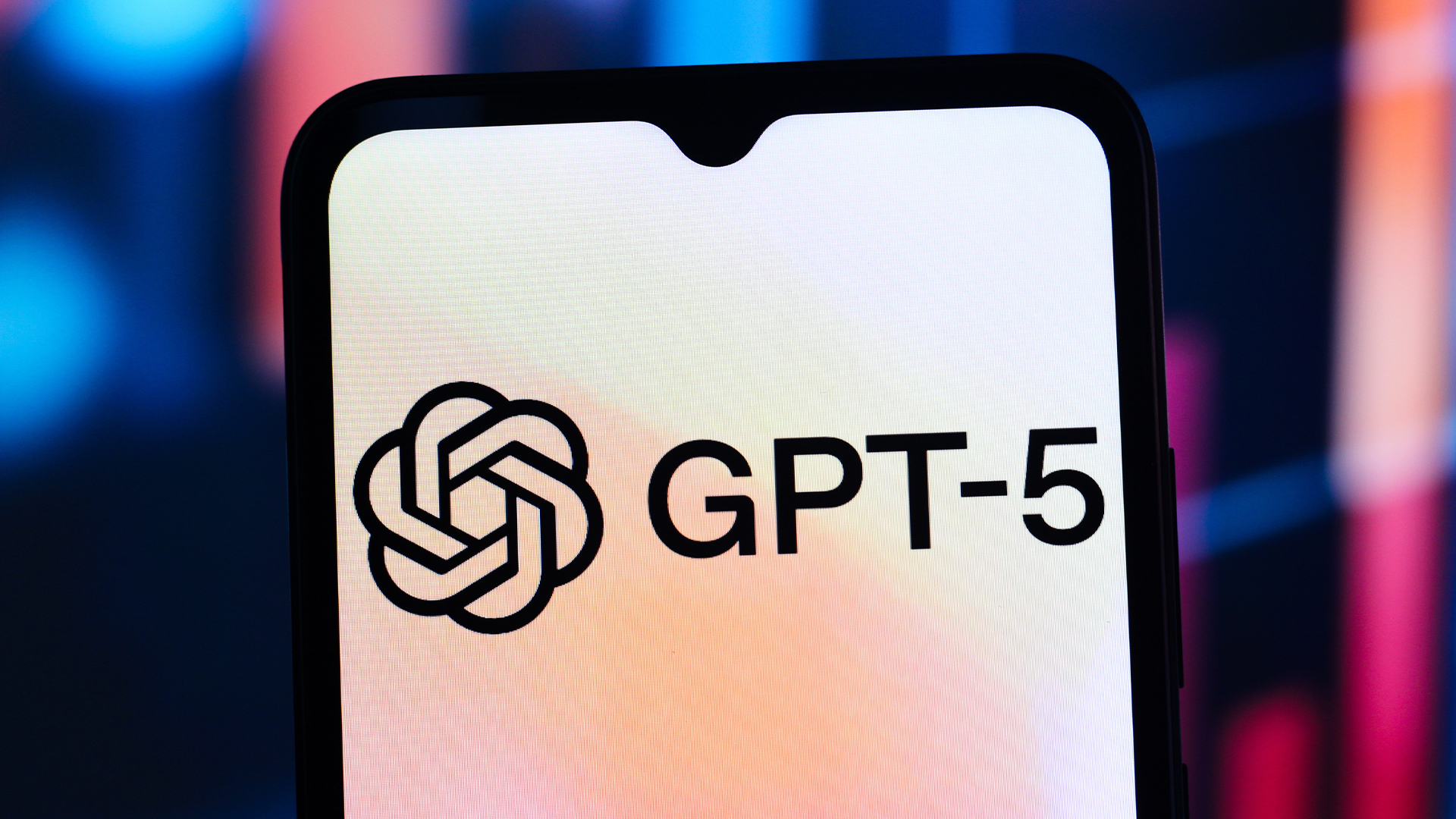
OpenAI has been forced to bring back GPT-4o after facing a user backlash in the wake of the GPT-5 launch.
OpenAI unveiled GPT-5 at the end of last week, with the company claiming the new model was faster at coding, better at reasoning and writing, and made fewer factual errors. Additionally, it includes the ability for the system to decide which model to use to answer a query.
While many were eager to see the new version after a long wait – GPT-4 was released back in 2023, though it was updated to GPT-4o last year – the response wasn’t entirely positive.
Instead, there's been a bit of a backlash, with complaints about slow responses, basic errors, and even some users missing the older model.
CEO Sam Altman took to X to respond to the complaints last week, noting that the company was working to make improvements.
“We expected some bumpiness as we roll out so many things at once. But it was a little more bumpy than we hoped for,” he wrote.
ChatGPT users were missing GPT-4o
One major complaint was the disappearance of GPT-4o, with some saying they preferred it to GPT-5 because of the older version's warmer tone and that the move disrupted their workflows with no prior warning, sparking threats of cancelled subscriptions.
Sign up today and you will receive a free copy of our Future Focus 2025 report - the leading guidance on AI, cybersecurity and other IT challenges as per 700+ senior executives
Altman took to X to say that GPT-4o would be brought back — but so far only for Plus subscribers. Beyond that, he added that OpenAI would "focus on some changes to GPT-5 to make it warmer."
He later remarked on the "attachment some people have to specific AI models", saying that it "feels different and stronger than the kinds of attachment people have had to previous kinds of technology (and so suddenly deprecating old models that users depended on in their workflows was a mistake)."
That references a known problem with GPT-4o's sycophantic tone, which Altman suggested could be one reason people feel so attached to the model.
OpenAI isn’t alone in backlash for bold new updates. Indeed, Microsoft has faced significant pushback from users with virtually every major Windows update over the years.
The company has spent several years cajoling users into upgrading to Windows 11, largely due to the popularity of its predecessor.
Adobe also faced refusals to upgrade beyond Photoshop CS6 to avoid shifting onto a subscription setup, while Apple fans ferociously clung to Snow Leopard despite newer operating systems for Mac coming onto the scene.
Other complaints
Beyond missing GPT-4o, others complained that the new model simply wasn't as good — one described it as "a downgrade" on X.com.
However, Altman claimed that a fault meant the model wasn't working properly, noting that GPT-5 would "seem smarter" after it was fixed. He said "the autoswitcher broke and was out of commission for a chunk of the day, and the result was GPT-5 seemed way dumber."
Beyond that, OpenAI will alter the user interface to make it clearer which model was answering a query and to increase rate limits for paid subscribers.
He said compute would be prioritized for premium ChatGPT customers, and then allocated to API demand for existing commitments to customers, before increasing the quality for the free tier of ChatGPT.
Altman said OpenAI is doubling its compute fleet over the next five months to help improve the situation.
AI plateau?
While OpenAI said at the launch of GPT-5 that the new model is a "significant step along the path to AGI," one researcher suggested that instead AI has perhaps "just plateaued".
In a post for The Conversation, Michael Rovatsos, Professor of Artificial Intelligence at the University of Edinburgh, questioned Altman's claim that GPT-5 "really feels like talking to an expert in any topic, like a PhD-level expert."
Rovatsos pointed to a post online showing that GPT-5 couldn't draw a map of North America and label it accurately — among many, many errors, the new model placed the Canadian city of Edmonton further west in "Brittch Columbia" and made Austin its own state rather than a city in Texas.
"It also cannot learn from its own experience, or achieve more than 42% accuracy on a challenging benchmark like 'Humanity’s Last Exam', which contains hard questions on all kinds of scientific (and other) subject matter," he noted.
"This is slightly below the 44% that Grok 4, the model recently released by Elon Musk’s xAI, is said to have achieved."
Rovatsos pointed to GPT-5's introduction of a "router", used to decide which model of GPT should be used to answer a question, which could improve answers as well as make GPT-5 cheaper to run.
"At the same time, this may well be an admission that we have reached a point where LLMs cannot be improved much further to deliver on the promise of AGI," he added.
"If so, it will vindicate those scientists and industry experts who have been arguing for a while that it won’t be possible to overcome the current limitations in AI without moving beyond LLM architectures."
Make sure to follow ITPro on Google News to keep tabs on all our latest news, analysis, and reviews.
MORE FROM ITPRO
Freelance journalist Nicole Kobie first started writing for ITPro in 2007, with bylines in New Scientist, Wired, PC Pro and many more.
Nicole the author of a book about the history of technology, The Long History of the Future.
-
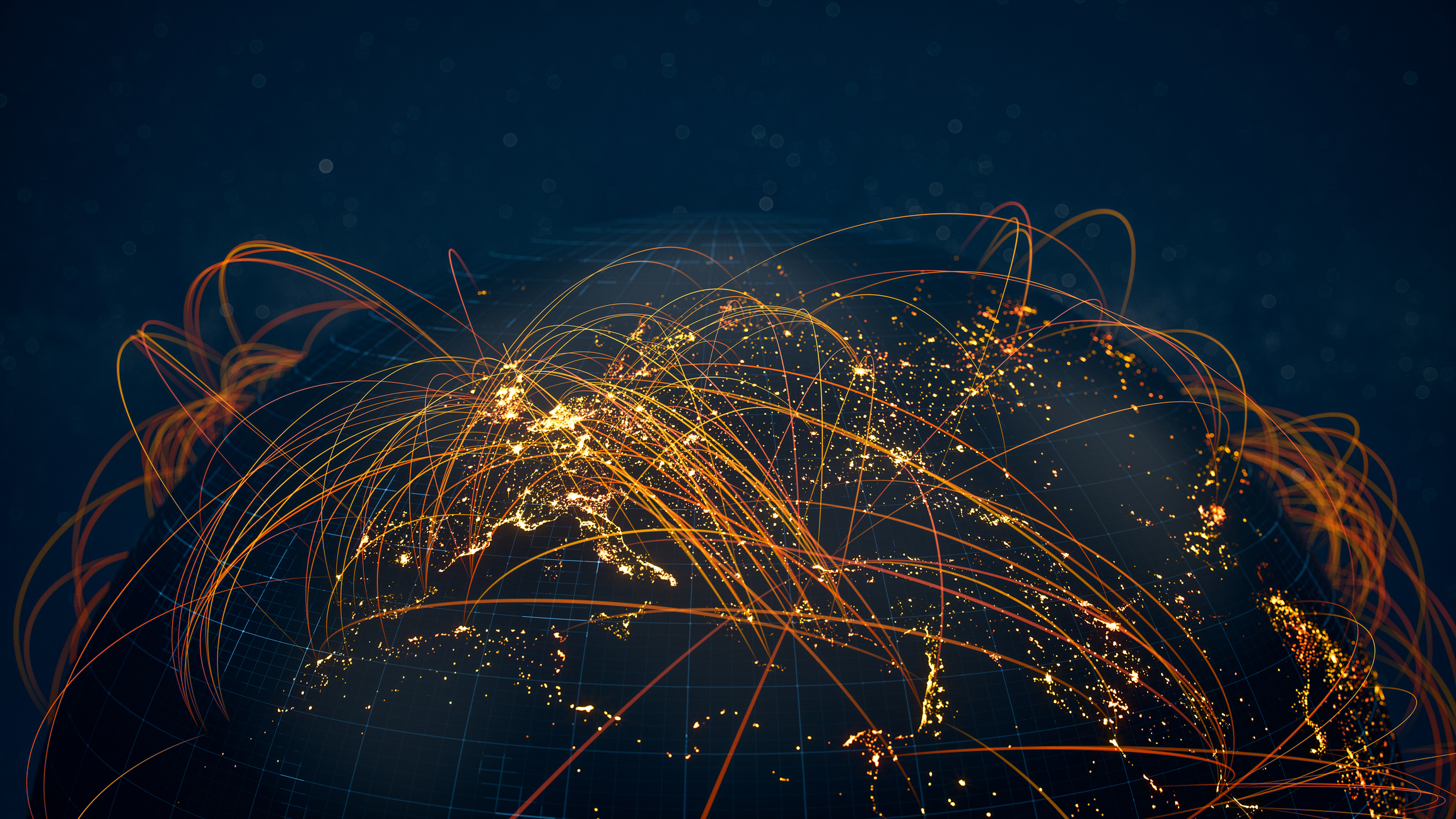 The six biggest security challenges coming in 2026
The six biggest security challenges coming in 2026In-depth What will be the main challenges businesses face in 2026 and what can they do to prepare?
-
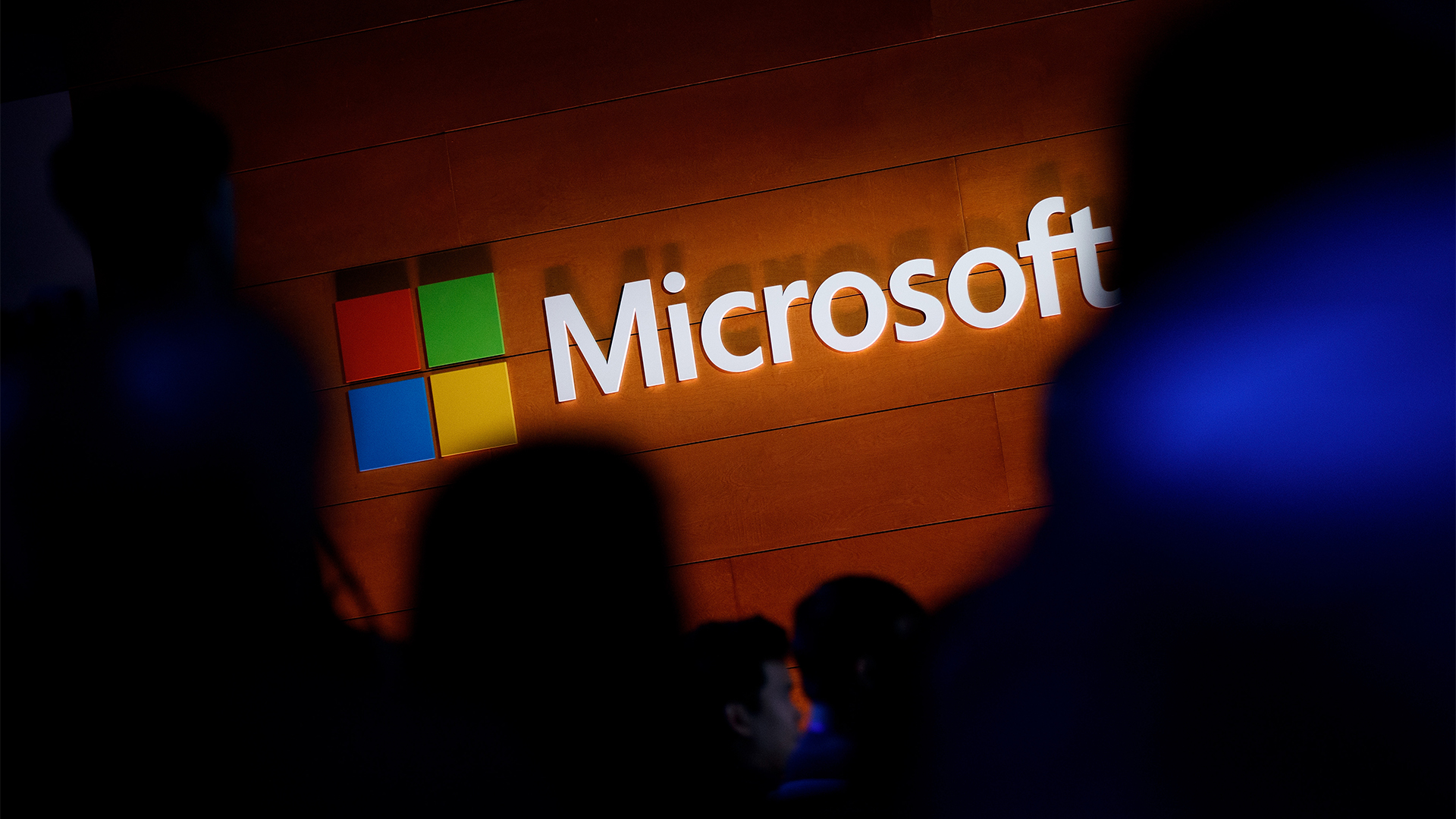 Channel focus: All you need to know about Microsoft's partner program
Channel focus: All you need to know about Microsoft's partner programChannel Focus The veteran OS developer and vendor continues to advance its strategy, particularly in Azure cloud solutions and AI
-
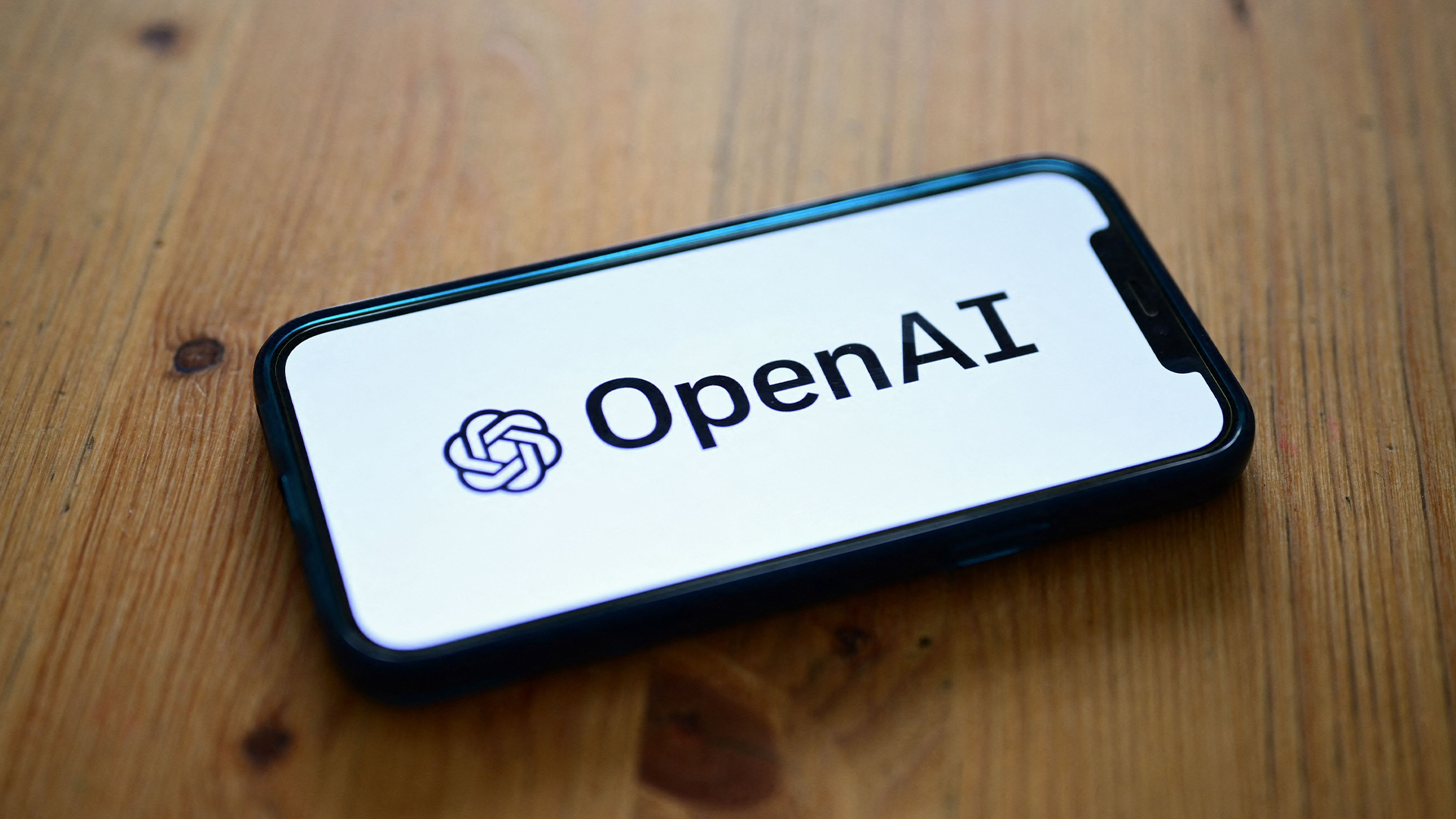 OpenAI says prompt injection attacks are a serious threat for AI browsers – and it’s a problem that’s ‘unlikely to ever be fully solved'
OpenAI says prompt injection attacks are a serious threat for AI browsers – and it’s a problem that’s ‘unlikely to ever be fully solved'News OpenAI details efforts to protect ChatGPT Atlas against prompt injection attacks
-
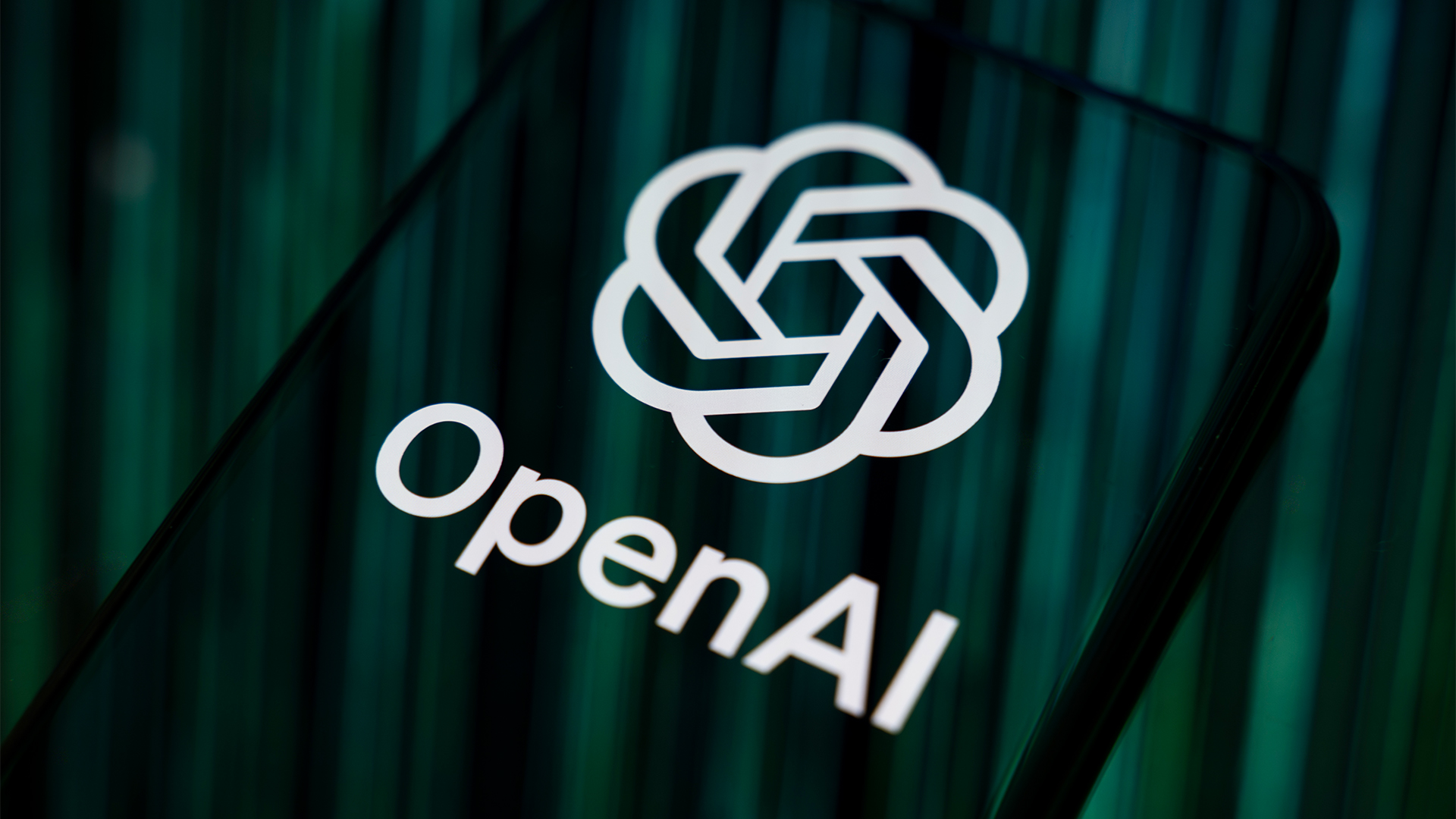 OpenAI says GPT-5.2-Codex is its ‘most advanced agentic coding model yet’ – here’s what developers and cyber teams can expect
OpenAI says GPT-5.2-Codex is its ‘most advanced agentic coding model yet’ – here’s what developers and cyber teams can expectNews GPT-5.2 Codex is available immediately for paid ChatGPT users and API access will be rolled out in “coming weeks”
-
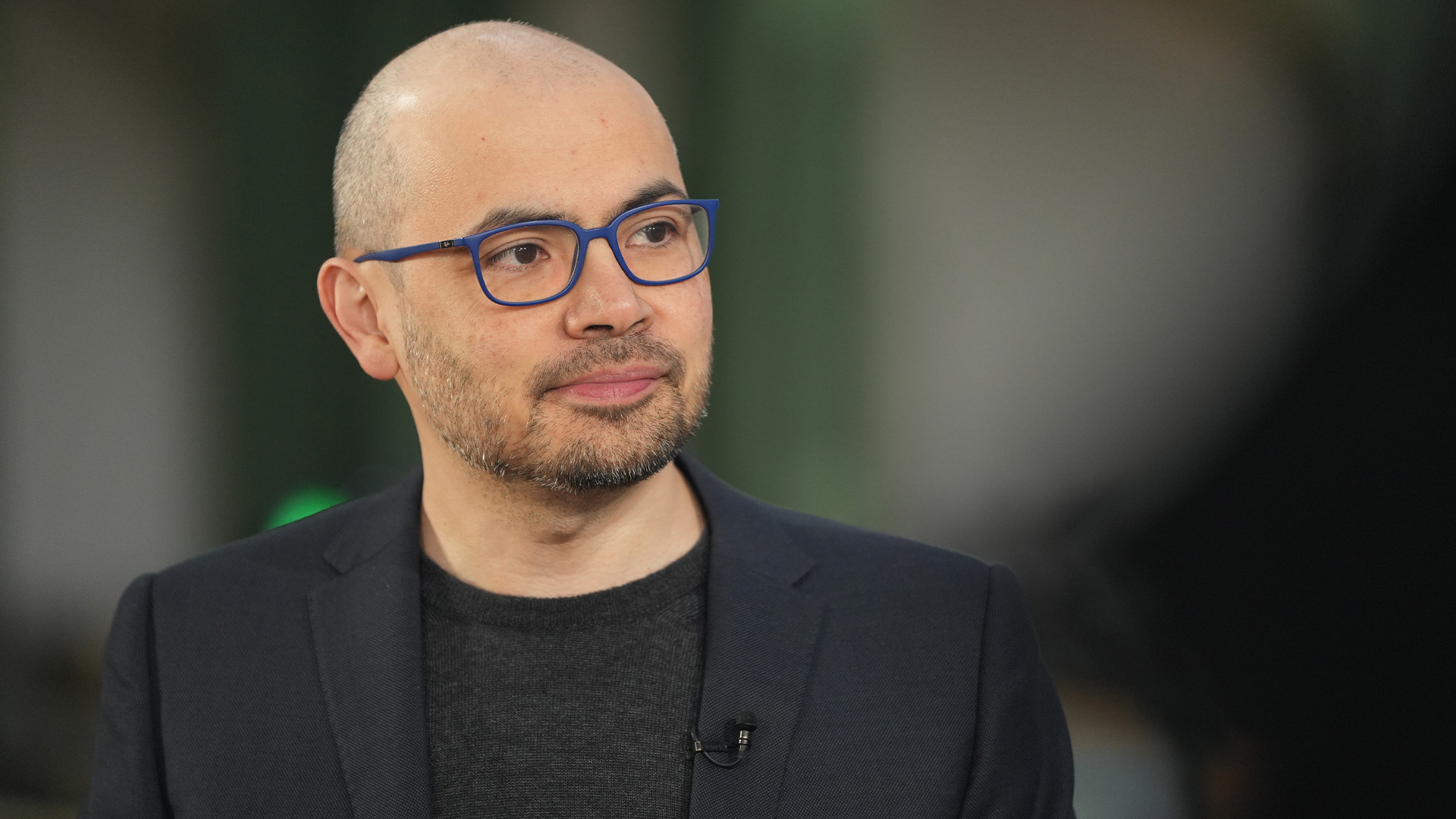 Google DeepMind CEO Demis Hassabis thinks startups are in the midst of an 'AI bubble'
Google DeepMind CEO Demis Hassabis thinks startups are in the midst of an 'AI bubble'News AI startups raising huge rounds fresh out the traps are a cause for concern, according to Hassabis
-
 OpenAI turns to red teamers to prevent malicious ChatGPT use as company warns future models could pose 'high' security risk
OpenAI turns to red teamers to prevent malicious ChatGPT use as company warns future models could pose 'high' security riskNews The ChatGPT maker wants to keep defenders ahead of attackers when it comes to AI security tools
-
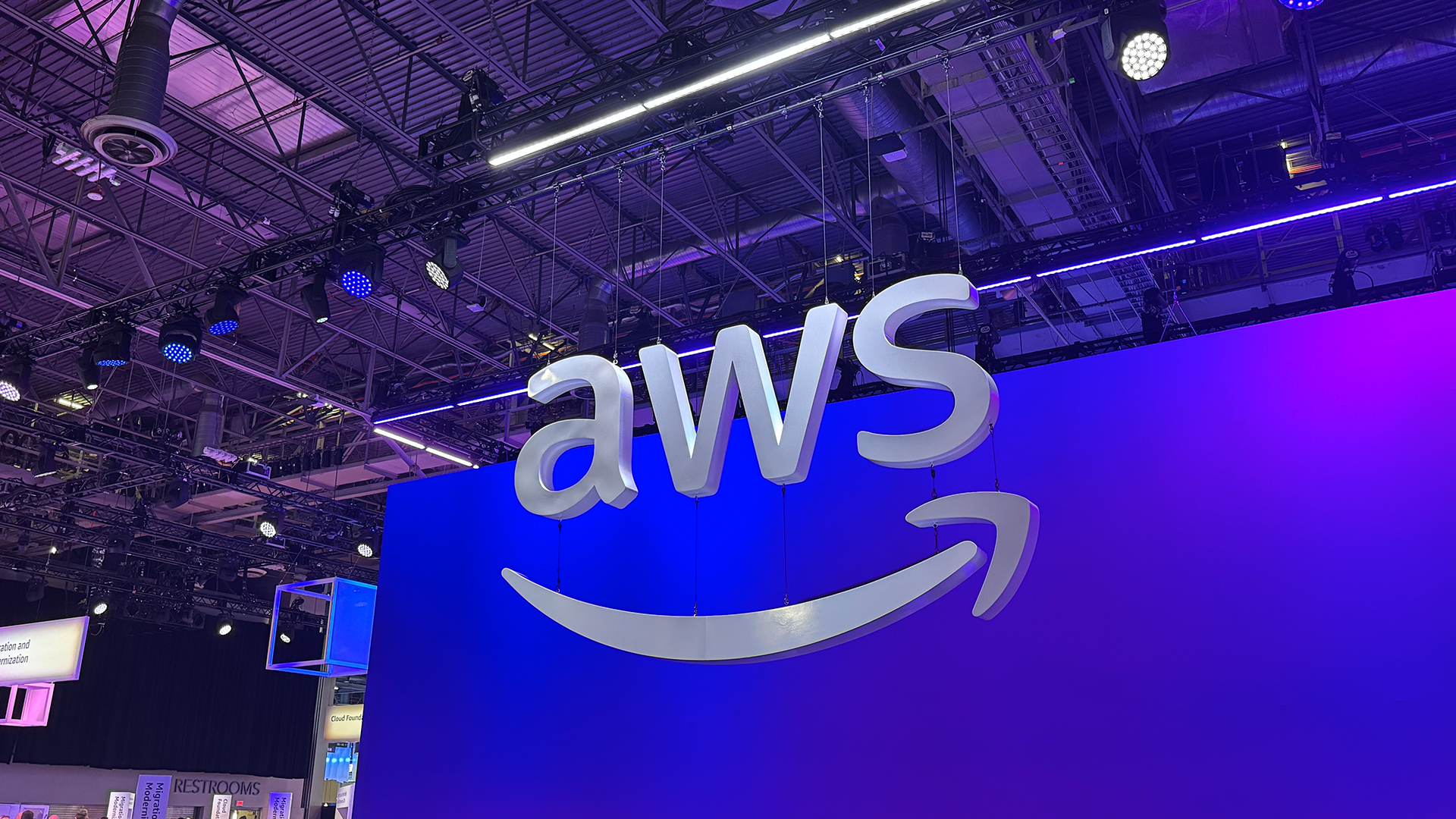 AWS has dived headfirst into the agentic AI hype cycle, but old tricks will help it chart new waters
AWS has dived headfirst into the agentic AI hype cycle, but old tricks will help it chart new watersOpinion While AWS has jumped on the agentic AI hype train, its reputation as a no-nonsense, reliable cloud provider will pay dividends
-
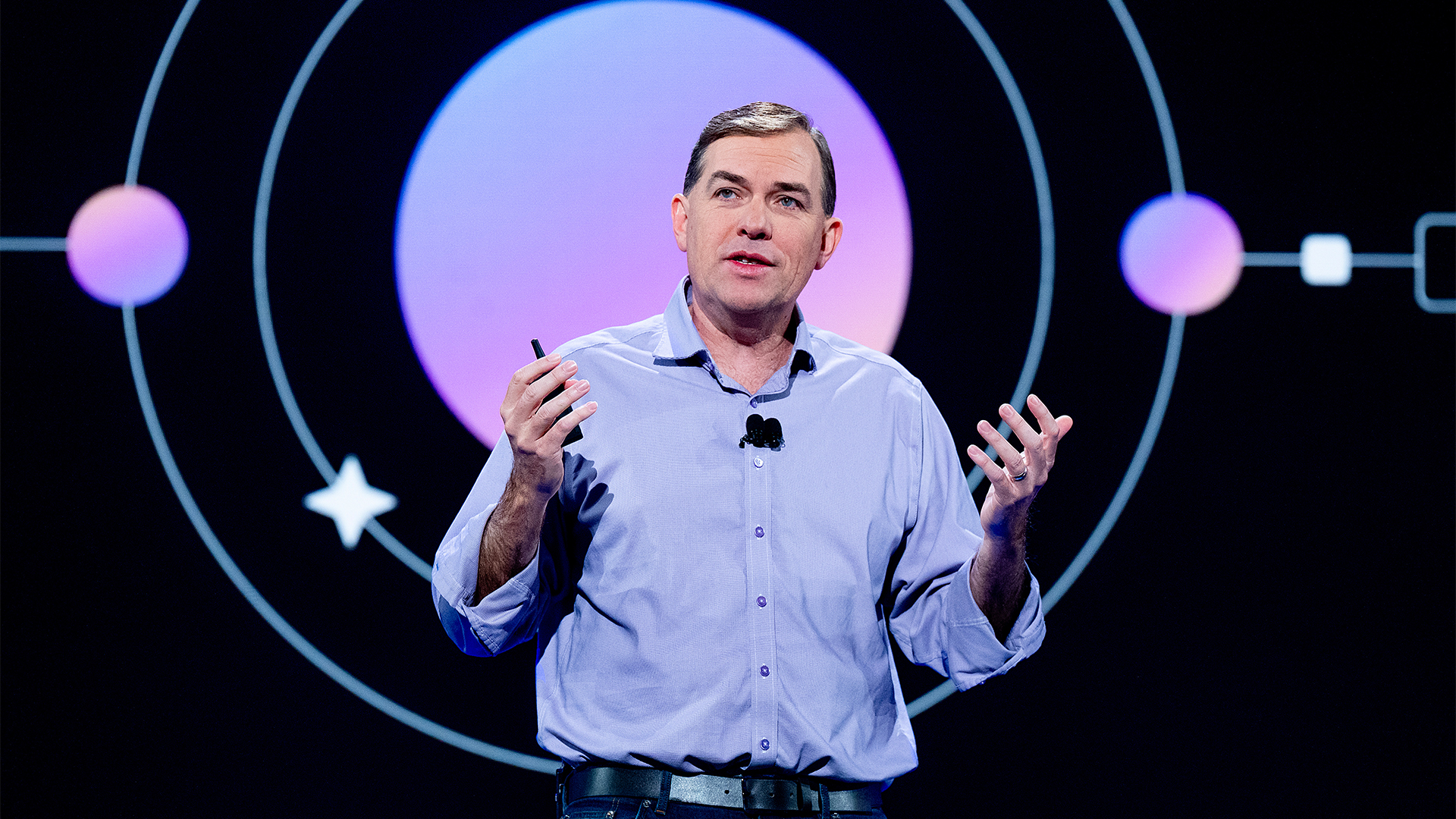 AWS CEO Matt Garman says AI agents will have 'as much impact on your business as the internet or cloud'
AWS CEO Matt Garman says AI agents will have 'as much impact on your business as the internet or cloud'News Garman told attendees at AWS re:Invent that AI agents represent a paradigm shift in the trajectory of AI and will finally unlock returns on investment for enterprises.
-
 Westcon-Comstor partners with Fortanix to drive AI expertise in EMEA
Westcon-Comstor partners with Fortanix to drive AI expertise in EMEANews The new agreement will help EMEA channel partners ramp up AI and multi-cloud capabilities
-
 Microsoft quietly launches Fara-7B, a new 'agentic' small language model that lives on your PC — and it’s more powerful than GPT-4o
Microsoft quietly launches Fara-7B, a new 'agentic' small language model that lives on your PC — and it’s more powerful than GPT-4oNews The new Fara-7B model is designed to takeover your mouse and keyboard
